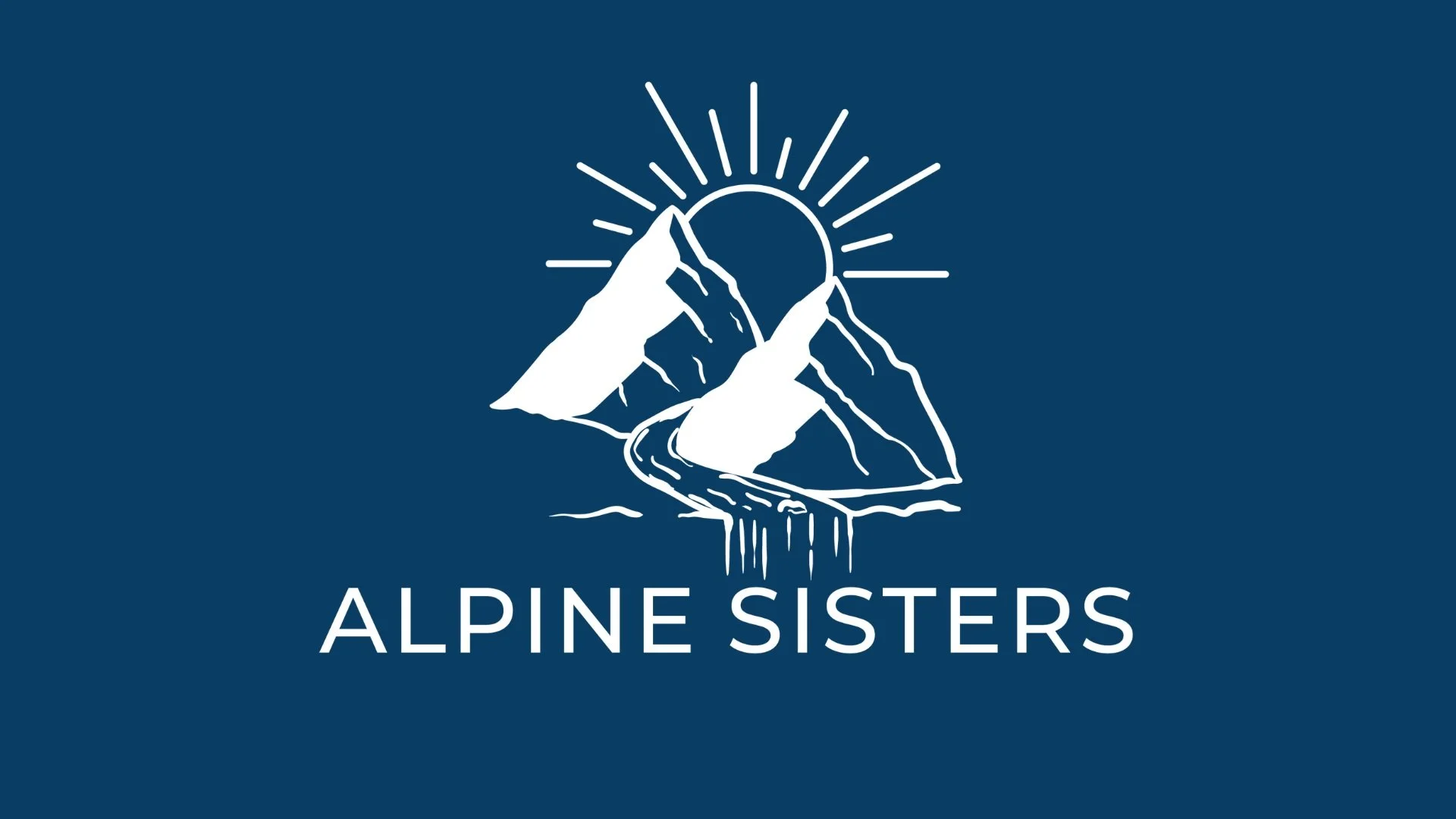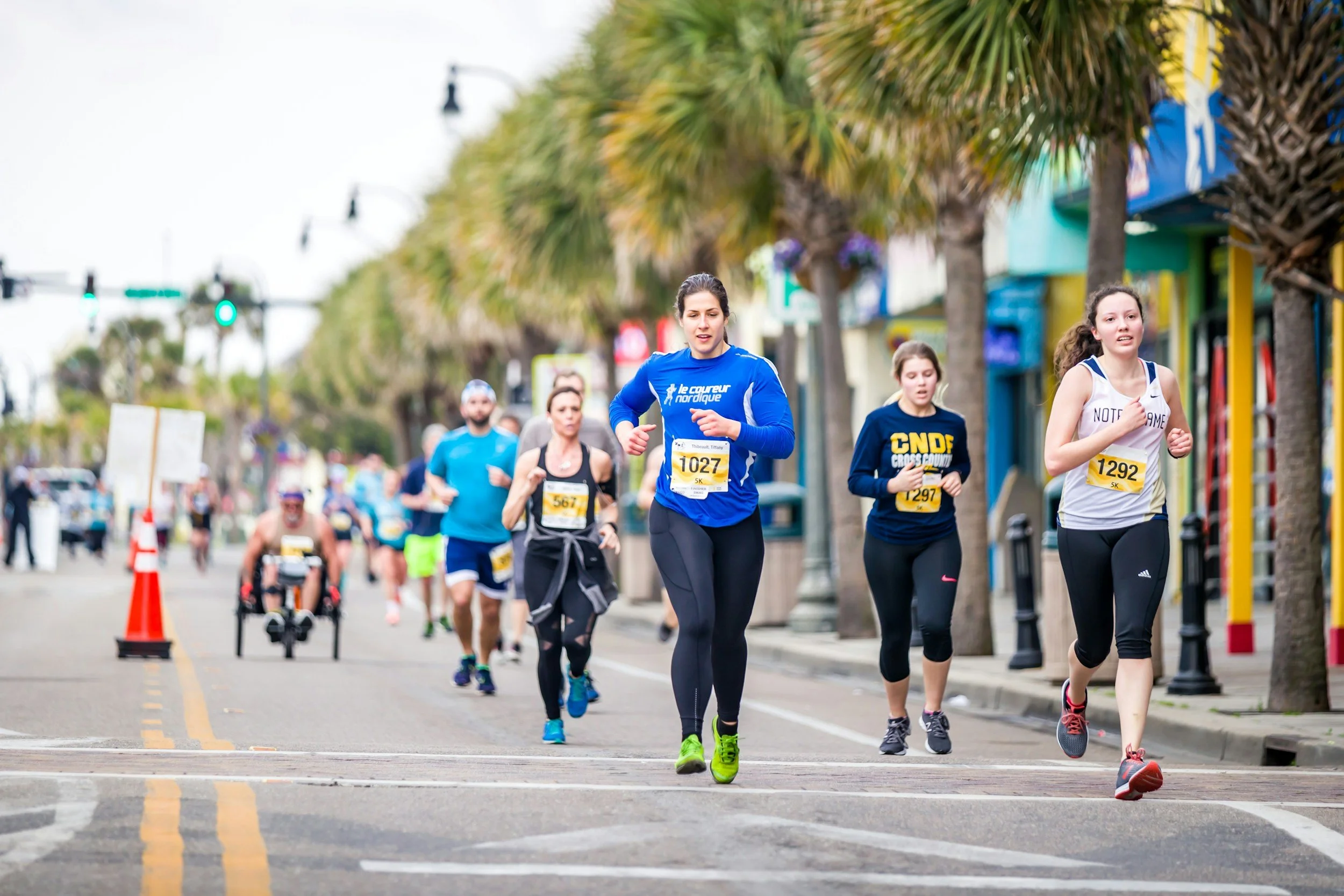Choosing the Right Sleeping Bag: Down vs Synthetic for Backpacking Adventures
A restful night's sleep in the wilderness is essential for a successful outdoor adventure. However, determining the ideal sleeping bag for camping and backpacking can be daunting. In this comprehensive guide, we'll delve into the intricacies of down and synthetic sleeping bags, helping you make an informed decision based on your needs, preferences, and the environment you'll be exploring.
*Please be aware that by clicking on some links, you may contribute a small commission to us as an affiliate, which helps us continue providing valuable educational content for free! We appreciate your support, as it enables us to break down barriers and make outdoor education accessible to everyone. Rest assured that we only endorse gear that we personally love and would use ourselves. Thank you for being a part of our mission to empower outdoor enthusiasts worldwide!
Table of Contents
Understanding Temperature Ratings
Before delving into the specifics of sleeping bag materials, it's crucial to consider temperature ratings. Even during summer months, nighttime temperatures in the backcountry can plummet by 40-50 degrees Fahrenheit. Therefore, selecting a sleeping bag with an appropriate temperature rating is essential to stay warm and comfortable.
Down Sleeping Bags: Lightweight Insulation
Down sleeping bags utilize natural insulation sourced from the plumage of birds, such as geese and ducks. This premium material offers exceptional warmth-to-weight ratio, making down sleeping bags lightweight and highly compressible. Additionally, down insulation is incredibly durable and breathable, ensuring comfort in cold, dry climates.
However, down sleeping bags have limitations, particularly in wet conditions. When exposed to moisture, down loses its insulating properties and takes a prolonged time to dry. Furthermore, down sleeping bags tend to be more expensive than synthetic alternatives, which may deter budget-conscious adventurers.
To recap, down sleeping bags are:
Exceptionally warm
Lightweight and compressible
Durable and breathable
Great for cold, dry climates
Not ideal in wet conditions
More expensive
Synthetic Sleeping Bags: Versatile and Affordable
Synthetic sleeping bags are crafted from polyester fibers, offering an affordable and versatile alternative to down. Unlike down, synthetic insulation retains its thermal properties even when wet, making it an excellent choice for damp environments. Additionally, synthetic sleeping bags dry quickly and are generally more budget-friendly than their down counterparts.
Despite these advantages, synthetic sleeping bags are typically heavier and less compressible than down options. Moreover, they may exhibit reduced durability over time compared to down sleeping bags.
To recap, down sleeping bags are:
More affordable and versatile
Still warm even if wet, making it great for wet climates
Dry quickly
Typically heavier and less compressible
Can be less durable over time
Short-Staple vs. Continuous Filament Insulation
Within the realm of synthetic insulation, there are two primary types: short-staple and continuous filament. Short-staple insulation features shorter strands of fine-denier filaments, allowing for increased compressibility. However, it may be less durable and prone to creating cold spots. On the other hand, continuous-filament insulation boasts thicker filaments, offering enhanced durability and insulation stability, albeit with reduced compressibility.
Choosing the Right Sleeping Bag
Selecting the perfect sleeping bag hinges on several factors, including climate, personal preferences, and budgetary constraints. Consider the environmental conditions of your intended camping or backpacking destination, as well as your susceptibility to cold. Additionally, factor in the differences between men's and women's sleeping bags, which are tailored to provide optimal insulation based on physiological differences.
The choice between down and synthetic sleeping bags ultimately depends on your specific requirements and priorities. By weighing the benefits and drawbacks of each option and considering key factors such as temperature ratings and insulation type, you can confidently select the best sleeping bag for your outdoor escapades.
For detailed insights into leading sleeping bag brands in the outdoor industry, delve into our article Top Sleeping Bag Brands: An In-Depth Review of Premier Choices for Outdoor Expeditions.
If you’re reading to grab your own, start shopping for sleeping bags now.
Happy trails!
About the Author
Meet Shannon, a dedicated outdoor enthusiast with a fervent passion for backpacking and wilderness exploration. Through personal experiences, Shannon recognizes the pivotal role sleeping bags play in ensuring comfort and warmth amidst nature's embrace. With a commitment to aiding fellow adventurers in their pursuit of blissful slumber under the stars, Shannon is excited to share this review of top sleeping bag brands to facilitate unforgettable outdoor experiences.






Discover the perfect gifts for your little adventurer with All Weather Adventuring! From fun guide kits to seasonal crafts, these products inspire outdoor play and learning. My daughter and I adore using them—they’re engaging, educational, and made by a fellow mom passionate about nature. Support small business while sparking big adventures!